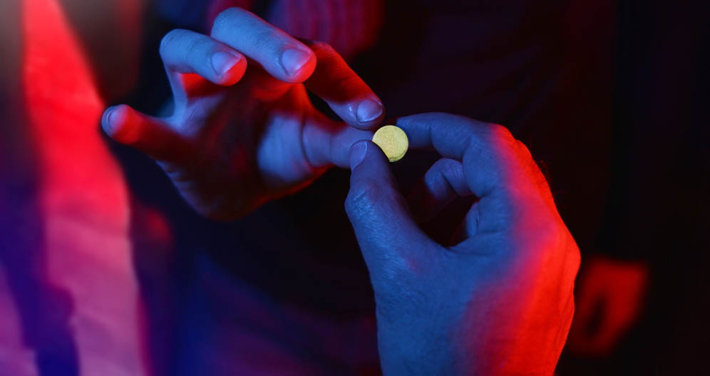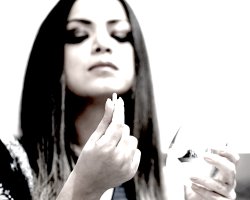Health Warning Issued On Club Drugs As Use Increases

While national efforts to reduce illicit drug use appear to be successful, a recent surge in treatment for club drug abuse has lead addiction experts to issue a health warning against it. Teens and young adults often fall prey to successful marketing, unaware of the devastating consequences of club drug use.
The National Treatment Agency for Substance Abuse in the UK recently released a report titled “Club Drugs–Emerging Trends and Risks”. It states that 6,486 people sought treatment for club drug abuse last year, which is up from 4,656 in 2005-2006.
The Commonly Used Club Drugs
The following is a list of commonly used club drugs and their effects:
Ketamine is a drug used in veterinary medicine. It is a dissociative anesthetic, meaning it shuts down sensory channels and produces an unresponsive state while the user appears to be conscious. The patient can open his eyes and swallow, but he does not process information and will have no memory of the events that occur during use. Although Ketamine is sold as a liquid to be injected, illicit drug users frequently turn it into a powder to be snorted or swallowed. Ketamine is often used as a date rape drug, meaning it can be slipped into someone’s drink during a party and the victim will have no idea since the substance is odorless and tasteless. The victim can then be easily assaulted and will have no memory of it afterward.
Ecstasy, also known as X, is a stimulant and hallucinogenic. It is ingested in pill form or crushed and snorted. The high can last for six hours on average, and it causes an intensity of emotions–good and bad. It increases heart rate and raises temperature to often dangerous levels, especially if the user is dancing or exerting themselves. This can cause a breakdown of muscles, kidney, liver and heart damage, and death. Other side effects of the drug include dry mouth, blurred vision, chills, nausea, brain swelling and permanent brain damage. It can cause anxiety, confusion, and paranoia.
GBL is a chemical substance used as a paint stripper and to clean rust from metal, but in club scenes, it is known as “coma in a bottle”. It produces a high similar to that of ecstasy, but it is difficult to properly measure the doses and therefore very easy to overdose. Side effects range from unconsciousness to seizures in which the muscles seem to move independently, attacking each other.
Methamphetamine, also known as meth, is a synthetic stimulant that affects the central nervous system. It is snorted, smoked or ingested and is extremely addictive. It produces severe hallucinations, a well-known delusion being “crank bugs”, the idea that there are bugs crawling under the skin. This can lead users to cut themselves to try to release them. Meth causes other uncomfortable side effects, including physical changes. Meth mouth is an obvious sign of use as meth reduces the amount of protective saliva around the teeth, leading to severe tooth decay. Combined with the teeth grinding and jaw clenching associated with meth use, and users often end up with very distinct teeth problems. Other side effects of meth include psychosis and paranoia.
All of the above club drugs cause problems and have a slew of side effect for anyone who uses them. The best way to avoid problems with club drug use is to not use these substances at all.
Contact us for more information on this topic or to help someone who is already addicted.
Source:
https://www.gov.uk/government/organisations/national-treatment-agency-for-substance-misuse


 ®
®